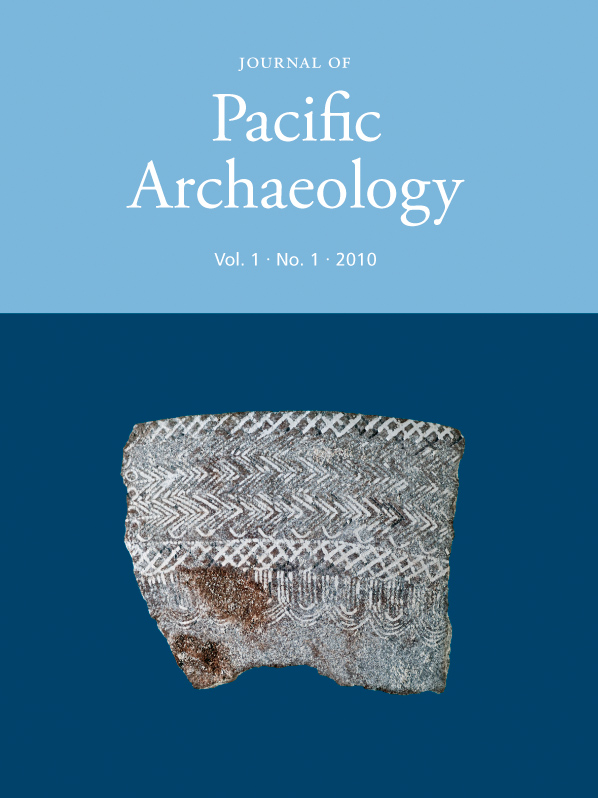New Radiocarbon Dates from the Bapot-1 Site in Saipan and Neolithic Dispersal by Stratified Diffusion
DOI:
https://doi.org/10.70460/jpa.v1i1.7Keywords:
Colonisation, stratified diffusion, radiocarbon dating, PacificAbstract
The colonisation of the Mariana Islands in Western Micronesia is likely to represent an early ocean dispersal of more than 2000 km. Establishing the date of human arrival in the archipelago is important for modelling Neolithic expansion in Island Southeast Asia and the Pacific, particularly the role of long-distance dispersals. This paper presents new 14C results and a ΔR estimate from the Bapot-1 site on Saipan Island, which indicate human arrival at ca. 3400-3200 cal. BP. Archaeological chronologies of long-distance dispersal to Western Micronesia and the Lapita expansion (Bismarcks to Samoa) show that the Neolithic dispersal rate was increasing during the period ca. 3400-2900 cal. BP. The range-versus-time relationship is similar to stratified diffusion whereby a period of relatively slow expansion is succeeded by long-distance movement. An increase in new colonies created by long-distance migrants results in accelerating range expansion.
Downloads
Published
How to Cite
Issue
Section
License
Copyright (c) 2014 Journal of Pacific Archaeology

This work is licensed under a Creative Commons Attribution 4.0 International License.
https://creativecommons.org/licenses/by/4.0/








